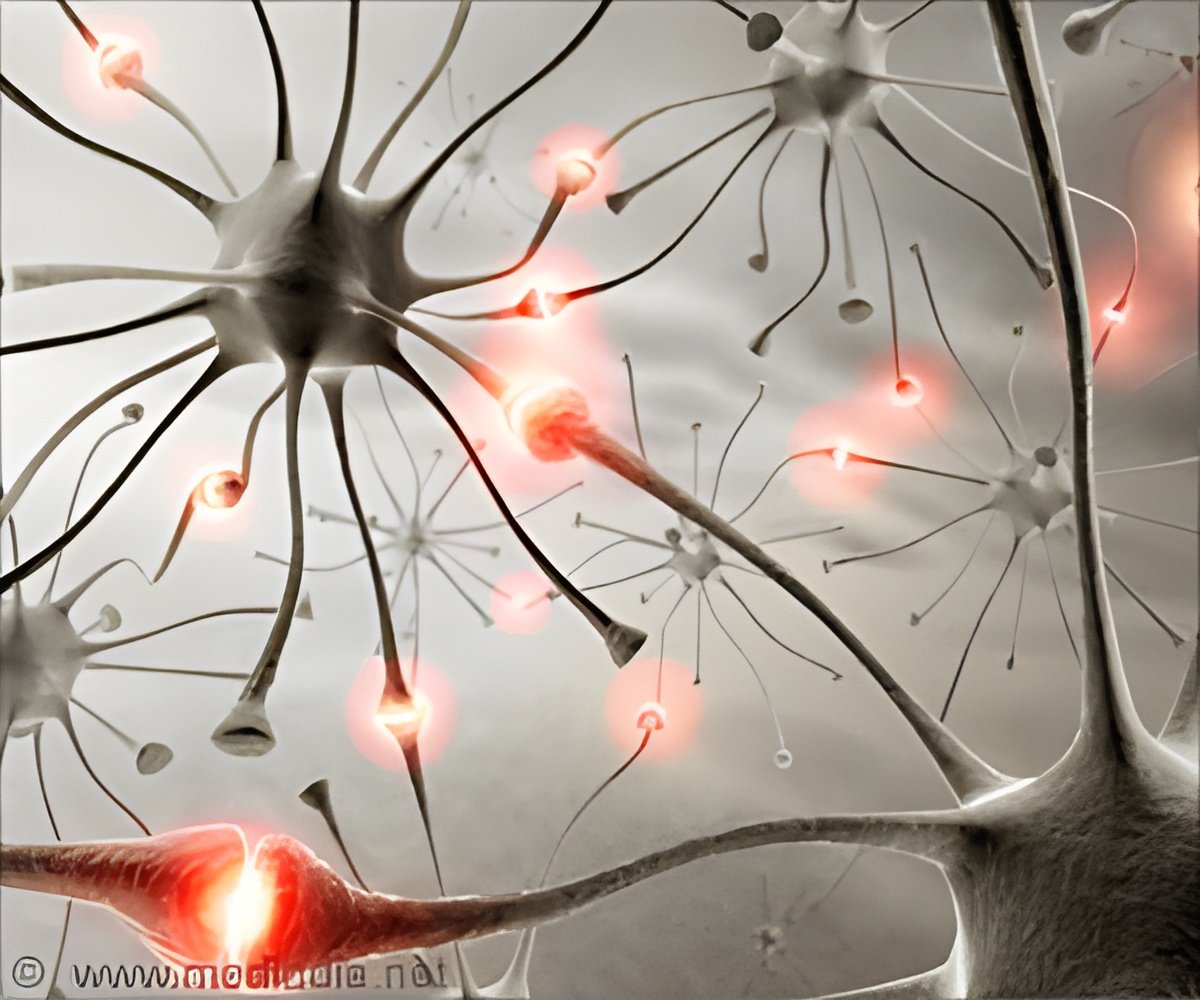Researchers at Johns Hopkins have identified a biological process that appears to trigger a particular form of Parkinson's disease present in a large number of patients.

"Drugs such as L-dopa can, for a time, manage symptoms of Parkinson's disease, but as the disease worsens, tremors give way to immobility and, in some cases, to dementia. Even with good treatment, the disease marches on," says Ted Dawson, M.D., Ph.D., professor of neurology and director of the Johns Hopkins Institute for Cell Engineering,
Dawson says the new research builds on a growing body of knowledge about the origins of Parkinson's disease, whose symptoms appear when dopamine-producing nerve cells in the brain degenerate. Further evidence for a role of genetics in Parkinson's disease appeared a decade ago when researchers identified key mutations in an enzyme known as leucine-rich repeat kinase 2, or LRRK2 — pronounced "lark2." When that enzyme was cloned, Dawson, together with his wife and longtime collaborator Valina Dawson, Ph.D., professor of neurology and member of the Institute for Cell Engineering, discovered that LRRK2 was a kinase, a type of enzyme that transfers phosphate groups to proteins and turns proteins on or off to change their activity.
Over the years, it was found that blocking kinase activity in mutated LRRK2 halted degeneration, while enhancing it made things worse. But nobody knew what proteins LRRK2 was acting on.
"For nearly a decade, scientists have been trying to figure out how mutations in LRRK2 cause Parkinson's disease," said Margaret Sutherland, Ph.D., a program director at the National Institute of Neurological Disorders and Stroke. "This study represents a clear link between LRRK2 and a pathogenic mechanism linked to Parkinson's disease."
Dawson went fishing for the right proteins using LRRK2 as bait. When his team began to identify those proteins, Dawson says they were surprised to discover that many were linked to the cellular machinery, like ribosomes, that make proteins. Nobody, says Dawson, suspected that LRRK2 might be involved at such a basic level as protein manufacture.
"When you go fishing, you want to catch fish. We just happened to catch a big one," Dawson says.
"There's a big chasm between animal disease models and human treatments," says Ian Martin, Ph.D., a neuroscientist in Dawson's lab and the lead author on the paper. "But it's exciting. I think it definitely could turn into something real, hopefully in my lifetime."
Source-Eurekalert
 MEDINDIA
MEDINDIA



 Email
Email




